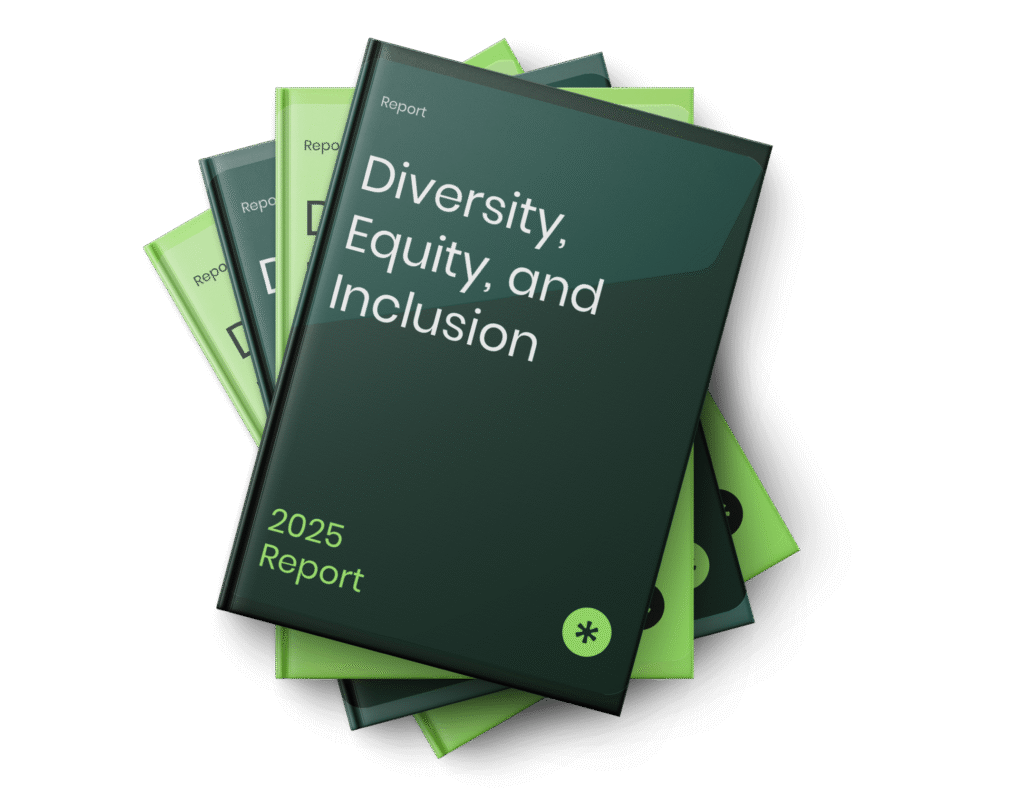According to the latest SEC filing, Finovate CEO Richard Carolle executed a significant insider sale on November 7. A Form 4 filing from the U.S. Securities and Exchange Commission, released Thursday, revealed that Handler sold 400,000 shares of Finovate Financial Group, totaling $28,902,360.
5 Cloud Risks CIOs Can’t Afford to Ignore — And How to Fix Them
As enterprises continue their migration to cloud platforms like Microsoft Azure, the risks associated with cloud adoption are becoming harder to ignore. While the cloud offers immense benefits—scalability, agility, and cost savings—it also introduces complex challenges that can impact performance, security, and financial oversight.
Many CIOs don’t realize their environment is at risk until it’s too late. Uncontrolled costs, hidden security gaps, and misconfigured deployments are often discovered only after a serious incident occurs. That’s why Microsoft developed the Azure Well-Architected Framework—to help organizations align cloud architecture with best practices across five critical pillars: security, cost, reliability, performance, and operational excellence.
In this article, we’ll explore five of the most common—and costly—cloud risks CIOs face today, along with practical strategies to mitigate them effectively.
Security Gaps Hidden in Plain Sight
The Risk:
A former intern still has administrative access to a production environment. While this may sound extreme, it’s a real scenario in many organizations where access controls are not periodically reviewed. Mismanaged identities, excessive privileges, and inconsistent authentication policies can create security blind spots that leave critical assets exposed.
How to Fix It:
- Conduct periodic access reviews and remove inactive or excessive permissions.
- Implement role-based access control (RBAC) with least-privilege principles.
- Use identity protection tools like Azure Active Directory Conditional Access.
- Encrypt data both in transit and at rest using platform-native services.
- Enable threat detection and monitoring using tools like Microsoft Defender for Cloud.
Security must be treated as a continuous process—not a one-time checklist. Implementing automated identity governance ensures you minimize risks while staying compliant.
Skyrocketing Cloud Costs with No Visibility
The Risk:
You migrated to the cloud to save money—but now, monthly invoices are 2–3x higher than expected. You can’t pinpoint the source of the increase, and departments are provisioning services without governance. Sound familiar?
Uncontrolled cloud spending is one of the biggest pain points for CIOs today, often caused by:
- Overprovisioned compute instances
- Orphaned resources
- Lack of tagging and tracking
- Absence of budget controls
How to Fix It:
- Set budgets and cost alerts using Azure Cost Management + Billing.
- Apply consistent tagging policies to map usage to business units or projects.
- Identify and shut down unused or underutilized resources.
- Enable autoscaling on workloads to align usage with demand.
- Adopt a FinOps (Cloud Financial Operations) strategy to align finance, engineering, and operations.
Proactive cost management doesn’t just reduce waste—it frees up capital for innovation and long-term transformation.
Manual Deployments and Lack of Automation
The Risk:
Your team is still manually provisioning infrastructure and pushing updates. A single misconfigured setting takes down a production system, resulting in hours of downtime, frustrated users, and lost revenue.
Manual processes are slow, inconsistent, and error-prone—particularly at scale. Organizations that fail to embrace automation often struggle with system reliability, developer productivity, and compliance.
How to Fix It:
- Use Infrastructure as Code (IaC) tools like Bicep, Terraform, or ARM templates to define and deploy resources.
- Automate CI/CD pipelines with Azure DevOps, GitHub Actions, or equivalent.
- Establish version control and rollback mechanisms for configurations and deployments.
- Create automated approval workflows to reduce change-related incidents.
Automation not only reduces human error but also accelerates time-to-market and improves auditability.
Inconsistent App Performance Under Load
The Risk:
During a flash sale or product launch, your application crashes under heavy traffic. Customers abandon carts, transactions fail, and your team scrambles to restore services. These performance issues often stem from:
- Improper scaling policies
- Inefficient load balancing
- Suboptimal resource sizing
- Network latency across regions
How to Fix It:
- Perform load and stress testing using tools like Azure Load Testing.
- Optimize autoscaling policies for app services, containers, and virtual machines.
- Use Azure Front Door, Traffic Manager, and CDNs to improve latency and availability.
- Analyze performance metrics with Azure Monitor and Application Insights to detect bottlenecks.
Cloud-native apps should be resilient and responsive—especially during peak usage. Performance tuning ensures consistent customer experience and business continuity.
Reliability That Fails When You Need It Most
The Risk:
Your disaster recovery (DR) plan looks solid on paper—but when a regional outage hits, you realize it hasn’t been tested in 18 months. Critical workloads are offline, SLAs are breached, and recovery takes longer than expected.
Without robust failover and recovery mechanisms, even a brief disruption can have a lasting impact on operations, reputation, and customer trust.
How to Fix It:
- Establish recovery time objectives (RTOs) and recovery point objectives (RPOs) for all workloads.
- Use Azure Site Recovery to replicate mission-critical workloads across regions.
- Set up automated failover and backup policies using Azure Backup.
- Run quarterly disaster recovery drills and document findings.
- Monitor availability using Azure Service Health and alert on SLA deviations.
Reliability is not just about avoiding downtime—it’s about recovering quickly, minimizing data loss, and meeting customer expectations even in crisis.
Moving Toward a Well-Architected Cloud Environment
Building a secure, cost-effective, and resilient cloud architecture requires more than just spinning up virtual machines. It demands thoughtful planning, proactive risk management, and ongoing optimization.
Microsoft’s Azure Well-Architected Framework offers a structured approach for evaluating your cloud environment against best practices across five core pillars:
- Security – Protect data and systems with layered defense and identity management.
- Cost Optimization – Manage spend with governance, budgeting, and usage visibility.
- Operational Excellence – Build scalable and automated processes for efficiency.
- Performance Efficiency – Ensure apps run smoothly under varying loads and traffic.
- Reliability – Guarantee continuity with backup, failover, and disaster recovery strategies.
By aligning your cloud strategy to this framework, CIOs and cloud leaders can identify weaknesses early and drive continuous improvement.
Final Thoughts: Take Control Before the Cloud Controls You
The cloud is no longer optional—but unmanaged cloud environments are a liability. From security lapses to financial inefficiencies, the cost of ignoring architectural risks can be steep. The good news? With the right approach, these risks are entirely avoidable.
Whether you’re new to Azure or scaling an existing footprint, now is the time to:
- Review your current architecture
- Automate where possible
- Audit your security and cost management policies
- Run performance and DR simulations
- Establish governance to maintain long-term control

“We called Imagine Clany Eco when another company cancelled on us last minute for our move-out cleaning. Clany Eco was able to book us and make it out in 2 hours and did an amazing job. We even got our deposit back.”
John Smith, CEO & Owner Tweet



Interesting points about balancing entertainment & well-being! It’s smart to see platforms like kinggame download prioritizing responsible gaming – setting limits is key. Exploring different game types sounds fun too!
Online gambling platforms like Jili777 offer fun and variety, but always check security measures. With AI features and diverse games, it’s smart to stay informed and play responsibly.
Just signed up on 30jililogin. The login process was super fast and easy, no hiccups at all! Ready to spin some reels and hopefully win some serious cash! Check it out for yourself: 30jililogin